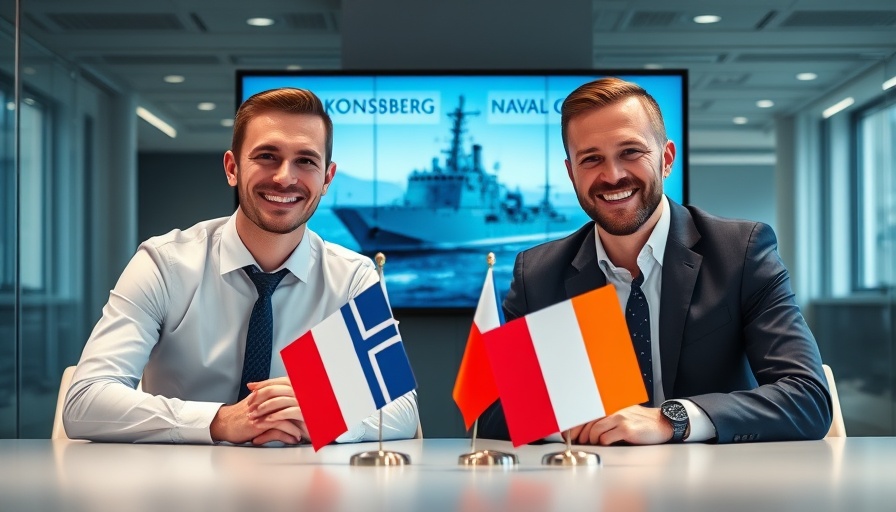
KONGSBERG and Naval Group Forge Stronger Ties with New Partnership
In a strategic move that underscores the growing collaboration in naval defense, KONGSBERG, a key player in maritime technology and systems, has signed a partnership agreement with the Naval Group, a renowned defense contractor. This alliance is poised to enhance military naval capabilities and broaden cooperation in various innovative projects.
Understanding the Importance of Naval Partnerships
The recent agreement between KONGSBERG and Naval Group is significant for a number of reasons. Joint ventures in the defense sector can lead to improved technology integration and operational efficiencies. The combined expertise of these two leaders aims to deliver advanced maritime solutions that can bolster national and international naval operations.
Navigating the Future of Naval Technology
This partnership is set against a backdrop of rapidly evolving naval technology, where nations are seeking to modernize their fleets. By pooling their resources and knowledge, KONGSBERG and Naval Group can accelerate product development and field cutting-edge solutions that enhance maritime security.
Real-world Impact on Defense Systems
The implications of this partnership extend beyond corporate synergy; they resonate with the broader narrative of national security in an increasingly complex global landscape. Enhanced naval capabilities can deter conflicts, protect shipping lanes, and enforce international law at sea.
Insights from Industry Experts
Experts within the defense industry are optimistic about what this collaboration may bring. With insights from leaders at both organizations, we learn that they intend to focus not just on surface vessels, but also on integrating advanced underwater systems, unmanned vehicles, and countermeasure technologies. Such advancements reflect the evolving nature of maritime warfare.
What This Means for Current Events
As nations reposition themselves in response to geopolitical tensions, the KONGSBERG and Naval Group partnership presents a timely development. This could very well change the dynamics of naval forces around the world, prompting other nations to reassess their technological alliances and military strategies.
A Call for Innovation in the Shipbuilding Sector
The shipbuilding industry is at a pivotal point, with an increasing demand for vessels equipped with the latest technology. Collaboration like this can drive innovation, enhance productivity, and ensure the industry remains responsive to modern threats. Just as KONGSBERG and Naval Group are leading the charge, other partnerships will need to emerge to keep pace with the high stakes of maritime security.
Encouraging Collaboration for Greater Impact
In conclusion, the signing of the partnership agreement between KONGSBERG and Naval Group is more than a corporate milestone; it is a step toward a more secure maritime domain. With technology evolving rapidly, such alliances are critical for addressing complex defense challenges. The industry must come together and foster collaboration that not only benefits companies but, more importantly, fortifies naval operations worldwide.
 Add Row
Add Row  Add
Add 




Write A Comment